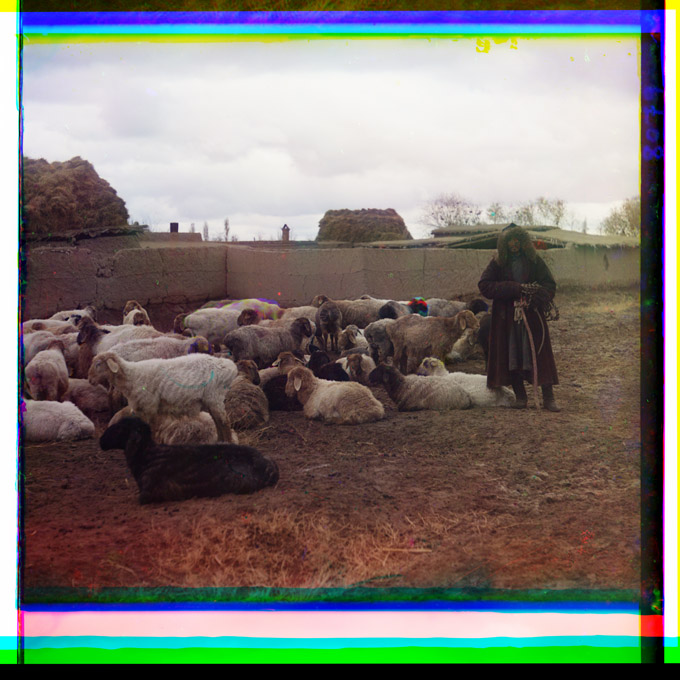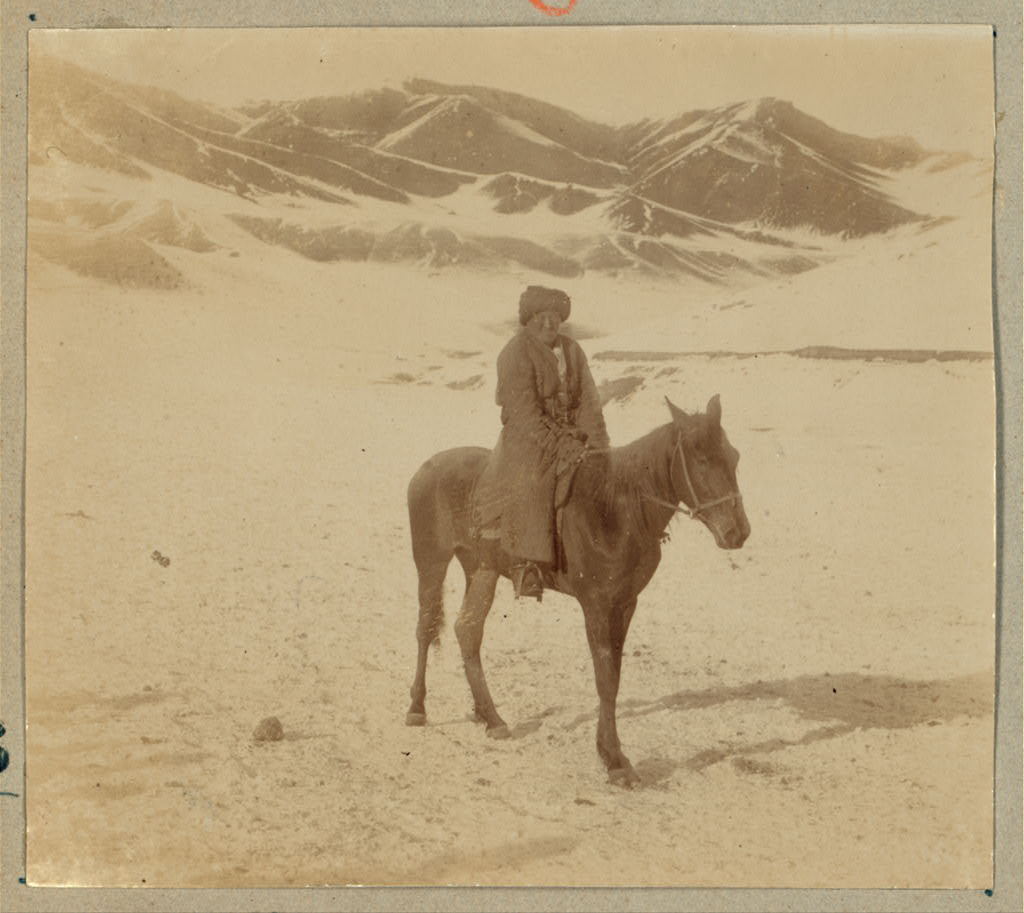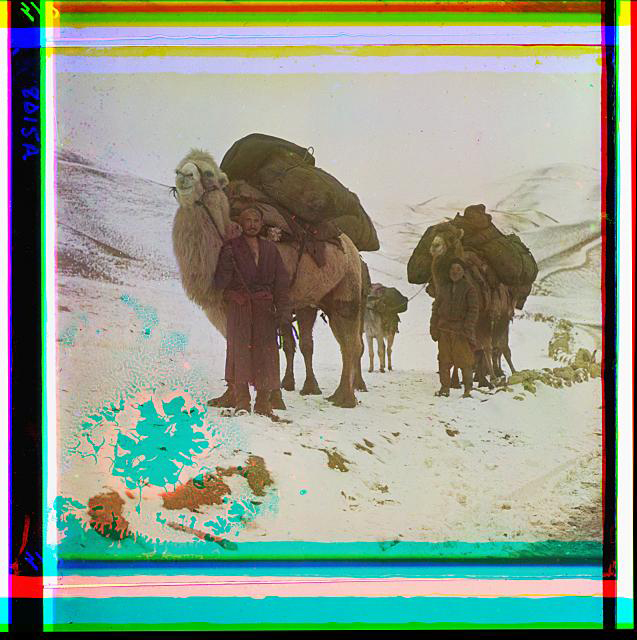Bandit Robber Nomads
Robert Cobcroft
Next comes creeping along a small caravan of camel-mounted Mongolians or Tibetans, clad in their ugly sheepskin gowns and big fur caps........
Four men in costume outside tent March 1892
It's as if Dr Susie Rijnhart knew this photograph by William Woodville Rockhill intimately, when she wrote about the nomad caravan in 1895 - Next comes creeping along a small caravan of camel-mounted Mongolians or Tibetans, clad in their ugly sheepskin gowns and big fur caps........Noted as "Chinese who left Lusar with me" The skin jackets and hats worn by each of these men are another version of nomadic tailored animal skins. Previous posts on this blog have shown images of Afghan men cloaked in animal hides. This happy band of hide wearing men were photographed by William Woodville Rockhill probably near Lusar Tibet (Also noted as possibly China / Qinghia Province / Gansu Province)
First account with bandit robber nomads
Near Lusar Tibet 1895 - " Mr. Rijnhart threatened to shoot if they laid hands on a thing. After some further altercation we gave them some cash for catching our mule – Ishinima gave them a mani, or rosary, of great value, and the entire band rode off. Ishinima declared that the Tibetans who had just left us were Tangut robbers, and that they would most assuredly return presently with reinforcements to attack us "1
Dr Susie Rijnhart spent four years with the Tibetans between 1895 and 1899, she is scathing in her description of the Camel Caravan of Mongolians or Tibetans. "The western portion of the province of Kansu, variously denominated by geographers as part of Chinese or Outer Tibet, is known to the Tibetans as Amdo, and the inhabitants are called Amdo-wa. According to Chinese ethnographers the foreign population of Amdo may be divided into two great classes, the T'u-fan, or "agricultural barbarians," who have a large admixture of Chinese blood, and the Si-fan, or "western barbarians," who are of pure Tibetan stock. The Si-fan live, for the most part, a nomadic life and are organized into a number of bands under hereditary chiefs responsible to the Chinese at Sining, to whom they pay tribute. Chinese authors further say that the present mixed population of Amdo is the progeny of many distinct aboriginal tribes, but there are some elements of it that must be accounted for by later immigrations. On the road one meets groups of merchants, partly Chinese, but bearing a strong resemblance to the Turk and distinguished by a headdress which seems to be a cross between a Chinese cap and a Moslem turban. These are Mohammedans going down to trade in Sining. Next comes creeping along a small caravan of camel-mounted Mongolians or Tibetans, clad in their ugly sheepskin gowns and big fur caps, on their way to see the Amban of Sining, or perhaps going to Eastern Mongolia or Pekin; or one may meet a procession of swarthy faced Tibetan pilgrims returning single file, with slow and stately tread, from some act of worship at Kumbum, to their homes in the valleys north of Sining. The entire western portion of Kansu, so far as its inhabitants are concerned, marks the transition between a purely Chinese population and a foreign people, the Chinese predominating in the larger centers but the villages and encampments being made up largely of foreign or mongrel inhabitants."2
Susie Rijnhart's account and William Woodville Rockhill's image of the men in skin jackets complete another piece of the puzzle of the Primitive Skin Rugs and clothing of Central Asia. So far we've identified the use of Pashmani as shoulder covers, simple skin rugs as used by Kutchi nomads, animal hides used by the hearth fire in Kirghiz yurts, Kirghiz Postak produced for the dowry of the bride, simple shoulder covers from the 19th Century as worn by the horse traders, and the more tailored solution shown in Rockhill's photograph. The use of primitive softened skins covered a wide geographic area and was manifested in many varied forms.
1 Carson Rijnhart M.D.S With the Tibetans in Tent and Temple Fleming H. Revell Company Chicago New York and Toronto 1901 27
1 Carson Rijnhart M.D. loc. cit.
Photographer, William Woodville Rockhill. DOE Asia: China: General: Rockhill Collin 04487900, National Anthropological Archives, Smithsonian Institution






